The fruits of Apple’s success may soon be spoiling. Perhaps Apple’s culture of planned obsolescence has finally caught up with them, forcing the company’s hand into new and strange markets. And as the iPhone (Apple’s butter) dips to fourth place in global smartphone sales, the historically device-oriented company now seeks to make inroads in everything but, focusing on apps, business services, and as of this month, money lending.
The tech giant teamed up with the lovely financiers at Goldman Sachs to roll-out the Apple Card (which comes with basic, non-wow-factor benefits). While it can be used to streamline purchases through the App Store and related points of sale, it is more or less a standard credit card. It can’t play music. It doesn’t dish out Wi-Fi. And technologically speaking, it’s a dud. But with the promise of low APRs, wide-approval rates, and forced arbitration (in the event that a pesky lawsuit ensues), Apple is hoping that as it falls from the top of the tech world, it will land with a splash in the world of finance. In anticipation of said splash, we look back at some of the company’s blunders to assess the viability of this latest move into straight-up capitalism.
Photo: martin-dm (Getty Images)
Shop at your own risk? The 12 Most Questionable Products On Amazon (That The Site Is Now Legally Responsible For)
True story: Responsible Millenial Finally Pays Off iPad Just in Time to Upgrade to Better One
Follow Mandatory on Facebook, Twitter, and Instagram.
Apple Credit Card
-
Apple III
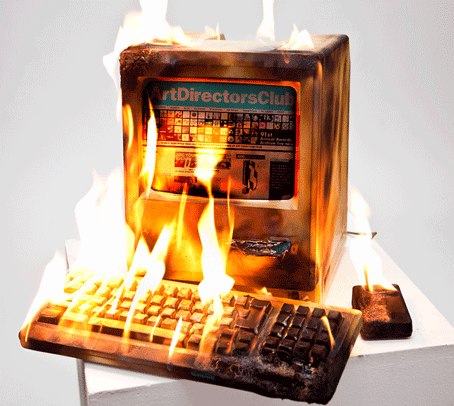
In 1980, Macintosh was blazing trails in the PC market with the venerated Apple II (and a young Steve Jobs was quickly rising to the status of Silicon Valley demigod), when the hopes and dreams of the next-gen Apple III quickly went up in smoke (literally). Jobs was obsessed with creating a completely silent computer, and so designed a product with no fans or air ventilation. With an aluminum casing, the logic board would overheat, ensuring that every computer sold needed to be repaired immediately upon shipping or else halt and catch fire.
-
The Pippin
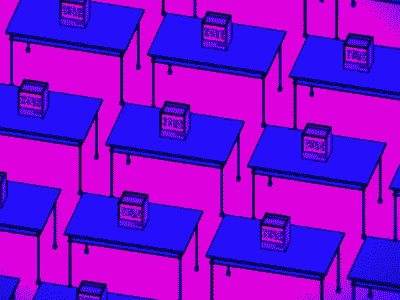
The year was 1994. Video games were pretty much the coolest thing on the planet and Apple wanted in. Together with Bandai, they created The Pippin, perhaps the worst-selling gaming console of all time. As it turns out, Apple was too far ahead of the curve, since the console featured a radical new online function that allowed game play across networks, but nobody (except DARPA nerds) had internet fast enough to support the technology.
-
Apple Stand
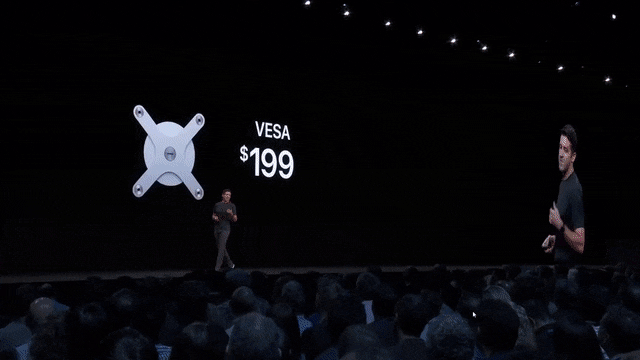
One of Apple's recent fails is the price tag on a stand ($999) for a computer/screen combo that already costs a whopping $11,000. For customers shelling out that much, you'd think Apple would subsidize the cost of the very necessary component that holds the damn computer screen up. Prepare to see a lot of DYI stands next year involving Popsicle sticks and duct tape (purchased with Apple Card).
-
Lightning Earbuds

Leave it Apple to have the audacity to change the headphone jack design that has been the standard for generations. To add insult to injury, the same year that Lightning was forced onto us via the iPhone 7, Apple unveiled their wireless AirPods, making the whole inconvenient leap from 1/8th inch to Lightning Connector completely obsolete. Jackasses.
-
iPod Shuffle 3
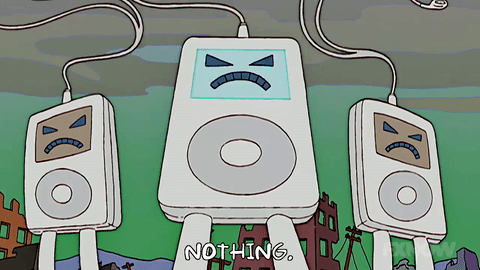
In a blind attempt at sleekness, the third generation iPod shuffle hit the shelves with absolutely no controls on the surface of the device. Instead, the unintuitive technology relied on headphone buttons to navigate through playlists, agitating the entire music-listening population as our DJing capabilities became severely diminished.
-
Macintosh TV
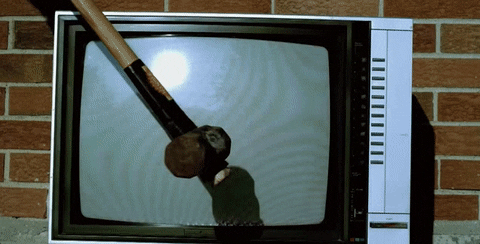
Way back before streaming was even a thing, Apple came up with the brilliant idea of selling a TV-computer screen combo. The catch: the screens were not integrated so you could only use them one at a time. Basically, you had to switch back and forth between a really clunky computer screen or a really shitty TV. Mac only moved 10,000 units before taking a pill to erase the whole debacle from their RAM.
-
Twentieth Anniversary Mac

In honor of the 20th anniversary of Macintosh, the company released a special edition $7,500 home computer (in 1997 currency that's like $1 million). When customers realized that the specs on the TAM were almost identical to the $2,999 PowerMac 6500, Apple pulled the plug on their shameless money grab that very same year. Now, thanks to Apple Card, it looks like they've rebooted.









